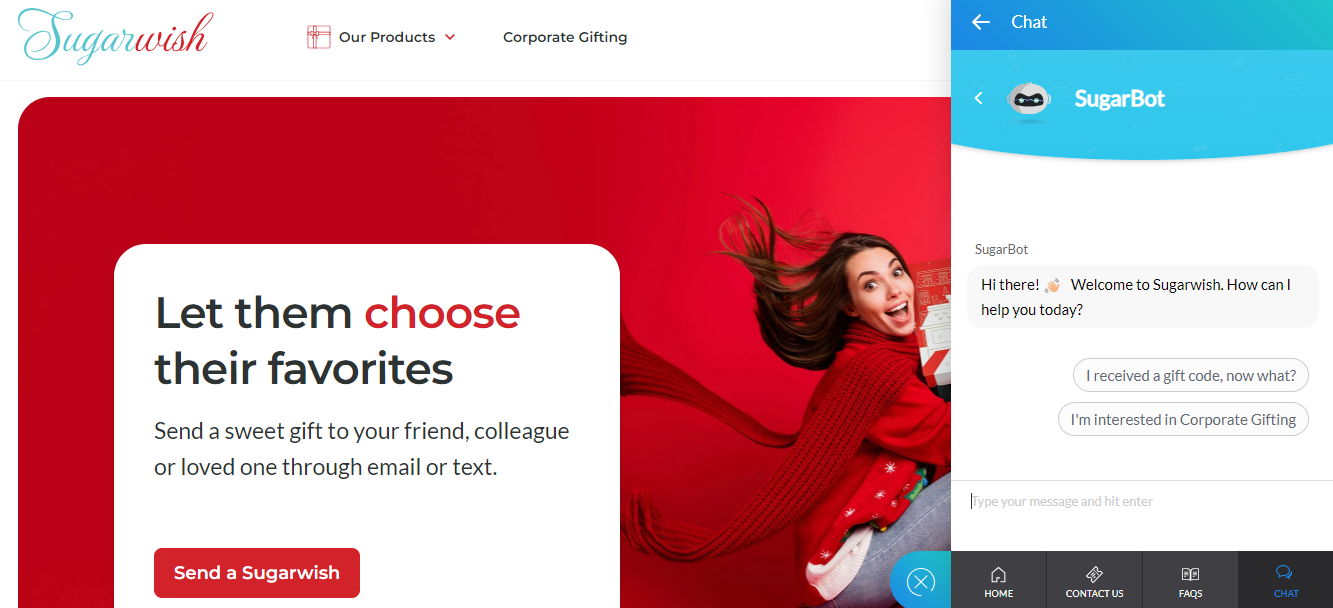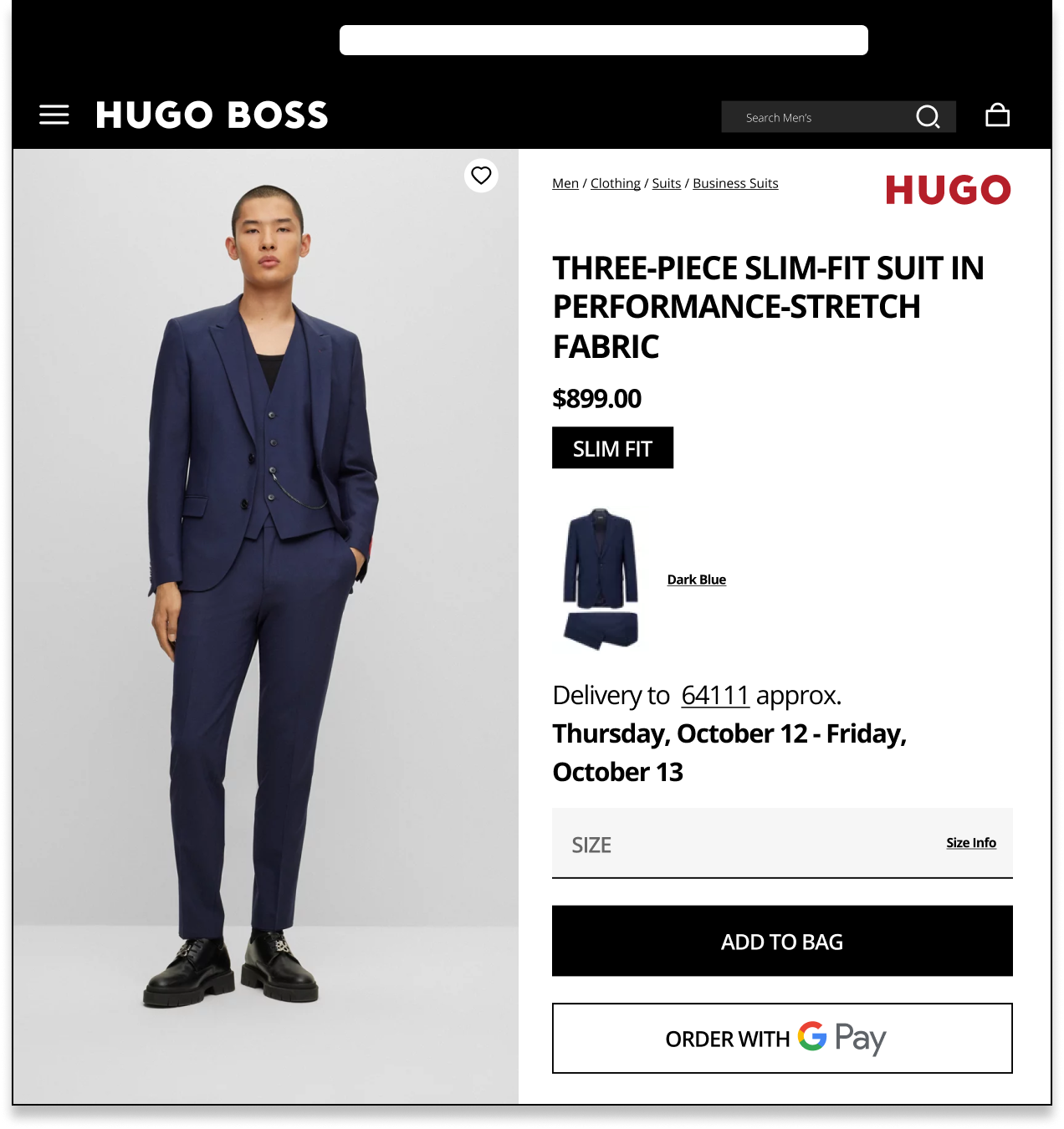How to Reduce Cart Abandonment

A recent Baymard Institute study reveals that the average online shopping cart abandonment rate is about 70.19%. This goes to show that more than two-thirds of potential customers who browse online stores and select products, ditch their carts at the very last moment.
For online retailers, it can’t get any more agonizing than this. But the good news is: reducing cart abandonment can unlock a massive tranche of revenue for ecommerce stores.
While this may not be a cakewalk, it’s certainly a whole lot easier and more affordable than acquiring new customers. The first step towards recovering some of the revenue lost to abandoned carts is to study why customers do so. The next step, therefore, would be to devise strategies to tackle these problems.
What is shopping cart abandonment?
Shopping cart abandonment refers to the consumer behavior exhibited by online shoppers who place items into their shopping carts but leave stores without completing checking out.
Even though a retailer may have attracted and taken a customer through their entire checkout flow, somehow they fail to convert them. Naturally, cart abandonment results in significant missed opportunities for ecommerce businesses.
What are the common reasons for shopping cart abandonment?
| Grund für die Aufgabe des Einkaufswagens | Kurze Beschreibung |
|---|---|
| 1. Mangelhafte Benutzerfreundlichkeit | Ein komplexer und langsamer Warenkorb-Prozess mit unzureichenden Informationen verursacht Kaufabbrüche. |
| 2. Zwang zur Kontoeröffnung | Die Notwendigkeit zur Kontoerstellung entmutigt Gelegenheitskäufer. |
| 3. Überraschend hohe Versandgebühren | Unerwartet hohe Gebühren im Warenkorb führen häufig zu abgebrochenen Einkäufen. |
| 4. Fehlen bevorzugter Zahlungsmethoden | Das Nichtvorhandensein gewünschter Zahlungsoptionen bewirkt Kaufabbrüche. |
| 5. Produktvergleiche mit Wettbewerbern | Kunden wenden sich anderen Anbietern zu, die bessere Angebote oder Dienstleistungen bieten. |
| 6. Bedenken hinsichtlich der Datensicherheit | Bedenken bezüglich Betrug und Sicherheitslücken halten Käufer vom Kauf ab. |
| 7. Unklarheiten bei Rückgabe und Erstattung | Mehrdeutige Rückgabe- und Rückerstattungsrichtlinien verunsichern potenzielle Käufer. |
| 8. Fehlen von Rabatten oder Aktionscodes | Das Ausbleiben von Rabatten oder Gutscheincodes kann zum Kaufabbruch führen. |
| 9. Technische Schwierigkeiten auf der Website oder in der App | Technische Probleme beeinträchtigen das Online-Shopping-Erlebnis. |
| 10. Erhebliche Lieferzeiten | Lange Lieferzeiten veranlassen potenzielle Kunden zum Rückzug. |
As the prerequisite to reducing cart abandonment, let’s try to understand why shoppers abandon their carts. Here are the 10 most common reasons.
1. Poor user experience
High cart abandonment rates at your ecommerce store could indicate that there’s something wrong with your user or checkout experience. Perhaps your checkout process may seem too complicated, unsafe, crowded, or time-consuming. Or maybe your product pages don’t have enough information on them or your website takes too long to load.
Whatever the reason may be, stepping into the shoes of your customers may help you uncover them. You’ll soon see for yourself how a poor user experience could be affecting your abandonment rates.
2. Mandatory creation of an account
If a customer intends to make a one-time or an impulse purchase, they may not want to create an account on your website. Creating yet another shopping account comes with its share of psychological hurdles. It involves remembering another set of login credentials and disclosing email addresses, phone numbers, or other personal information.
In fact, according to the Baymard study mentioned earlier, the second most common reason for shopping cart abandonment (expressed by 25% of shoppers) is the mandatory need for account creation.

3. High and unexpected shipping costs
Nothing can be more off-putting for customers than seeing high and unexpected shipping costs on the checkout page, even when they genuinely like the products they’ve added to their cart.
High shipping costs, taxes, or fees are the #1 reason why shoppers abandon their carts. 48% of shoppers are known to do this. Also, 17% of shoppers abandon their carts when they aren’t informed about extra costs upfront which makes it difficult for them to calculate their total order cost.
4. Desirable payment options not available
Consumer payment preferences are changing very fast. Modern payment methods like Google Wallet, Apple Pay, or PayPal enable them to make payments easily without disclosing their credit card information.
Likewise, many customers are also gravitating towards post-purchase payments like interest-free Buy Now, Pay Later (BNPL) options. Not being offered their desired payment options is another important factor behind cart abandonment.
5. Comparing products with competitors
These days it’s easy for shoppers to check out the prices and incentives your competitors are offering. Many times, this comparison is a reason that drives shopping cart abandonment.
Besides, if they have better product images and descriptions, a more reliable/convenient checkout or payment process, or faster shipping options, customers may prefer to buy from them.
6. Security concerns
Online shoppers have become increasingly wary and sensitive to financial fraud, hacking, and other security concerns. An outdated website design, an unfamiliar payment gateway, or the lack of an SSL certificate can be concerning. Your target customers may not trust your website and abandon the cart page when they’re just about to make the payment.
7. Unclear return and refund policy
One of the most inherent issues with online shopping is that customers cannot physically touch or inspect the products. This necessitates a proper return policy in case the quality is not up to the mark or there’s a defect in the product.
According to a parcelLab study (conducted in partnership with YouGov), 55% of shoppers review the return policy before making an online purchase. This means an unclear and/or ambiguous return and refund policy can result in cart abandonment before checkout.
8. No discount or promo codes
To encourage customers to create an account, many ecommerce companies offer discounts or coupons on first-time purchases. Given the intensely competitive business landscape, this has set the bar of consumer expectations pretty high.
As such, not offering any discount codes or coupon codes at checkout can also make customers abandon their carts.
9. Issues with your website or app
Your ecommerce site or app is the face of your business. Any performance-related or technical issues in them may affect your credibility. If customers face practical difficulties in making payments or checking out, they are extremely likely to abandon their carts.
Plus, if your website or app isn’t compatible with different browsers or devices, this can be a deterrent as well. Cross-browser and cross-device testing are therefore very important.
10. Long delivery times
Some retailers reveal the expected delivery time just before checkout. This typically depends on a customer’s location. However, as competition in the ecommerce industry intensifies, customers expect shorter delivery times.
While some customers may be willing to wait longer for clothes or furniture, most expect hourly deliveries of perishables like groceries. Obviously, unexpectedly long delivery times are also a major reason behind cart abandonment.
Pro tip: add a delivery promise by displaying a predictive delivery date on your checkout pages. parcelLab Convert enables you to do this using a machine learning-powered solution that calculates estimated delivery dates based on your warehouse operations and corresponding delivery methods.

How to reduce cart abandonment
Gaining insights into why customers abandon carts can help you come up with ways to tackle the problem. Here are some ways you can reduce cart abandonment depending on the situation.
1. Optimize the shopping experience
Analyze and evaluate the customer experience of your shoppers. Find out what the problem areas are and smoothen out the rough edges.
For example, you might want to simplify your checkout process, include an order summary page, add a progress bar that indicates how far along a customer is in the user flow, display delivery estimates, or use a one-page checkout.
Here’s an example from Hugo Boss—a parcelLab customer—that shows the delivery estimate on their product page.
2. Boost site speed
Customers may not be very patient with slow-loading web pages. Slow load times are known to reduce the conversion rate significantly. If your website or app has this issue, switch to a faster server. Additionally, many tools like Google’s PageSpeed Insights can help you optimize your page load speeds.

3. Streamline the checkout process
Checkout is where your main focus should be if you’re looking to reduce cart abandonment. Make sure that your checkout process is easy to navigate. The last thing you want is for your customers to go looking for the checkout page once they have filled their shopping carts.
Also, provide customers with the option to skip account creation (in case they wish to). This can help them avoid certain additional steps involved in the process and get to the payments page quicker. Notice that IKEA—another parcelLab customer—provides both a member as well as a guest checkout option on their site.

4. Provide smooth checkout forms
Long and complicated checkout forms are a serious psychological hurdle that shoppers hate to face. Make your checkout forms easy to fill out and reduce the number of fields in them. Too many fields can even make some customers uncomfortable about their data privacy.
5. Implement trust-building strategies
Customers these days are always wary of online fraud, phishing, and hacking attacks. The lack of trust in your payment process could be a massive demotivator for purchase. For starters, make sure your platform is PCI DSS (Payment Card Industry Data Security Standards) compliant.
To convey that you have their security concerns covered, place trust signals at prominent places to give them a sense of security. Displaying your SSL certificate and offering them payment modes they are familiar with, can also boost their confidence.
6. Add social proof
Another way to build trust is to let customers know that a lot of other people trust your services. You can add customer ratings, reviews, and testimonials on your website to build trust, especially among first-timers. This doesn’t necessarily have to be related to payments but can also be related to your products or delivery time.
The idea is to give shoppers a sense of security that they’re not the only ones shopping at your store. For example, parcelLab customer H&M displays customer reviews for each of their products on their website.

7. Make payments easy
Online shoppers like to have multiple convenient options for making payments. One payment method that’s quite popular these days, for instance, is Buy Now Pay Later (BNPL). It isn’t just convenient but also attractive to customers. No wonder the BNPL market is expected to grow by 18.2% by 2024 to $112.14 billion.
Likewise, QR code payments are catching up fast. Be aware of all the preferred payment options and incorporate them into your checkout to make it quick and convenient.
8. Offer guest checkout
Asking customers to create an account before making a purchase can be a huge deterrent. Providing customers with a guest checkout option, on the other hand, can encourage them not to abandon their carts.
You can also offer a “register after purchase” option or provide them with access to order tracking after account creation. Sharing discounts, promos, or targeted post-purchase communication can be a great incentive to get them to create an account on your site.
For example, H&M uses parcelLab’s post-purchase platform to create branded tracking pages so that customers easily stay updated on the status of their orders.
![]()
9. Track and analyze
What you can’t measure, you can’t improve. Find out why customers drop off or where they navigate to when they abandon carts. Tools such as Google’s Advanced E-commerce Analytics can help you with this.
Generate a Funnel Visualization Report to find out the exact percentage of shoppers that abandon their carts. This can help you unearth problems with your site’s user experience that may be causing abandonment.
10. Offer to help when needed
Ecommerce is a highly dynamic space. Customers with queries on products, payments, or deliveries love to communicate with sellers in real-time. Answer their queries through live chat or phone support to boost their trust and dispel any doubts they might have about their purchases.
See how Sugarwish offers help to customers using their chat functionality.

11. Send cart abandonment emails
Sometimes customers may simply forget about the items they’ve added to their cart. Here’s where email marketing can be your best friend. By sending them reminders about their pending purchases, you can instantly bring them back to your checkout page.
Since these emails are personalized, their open rates tend to be much higher than bulk campaigns. Retargeting through abandoned cart recovery emails or social media ads is, therefore, one of the most effective marketing tactics today.
Final words
Cart abandonment is one of the most frustrating challenges that e-commerce business owners face. Many call it a “money on the table” situation. However, converting abandoned carts into revenue requires deep insights into the reasons behind them followed by well-planned and executed strategies. Following the tips mentioned above could go a long way in mitigating your cart abandonment problem.
And of course, once a customer completes the checkout process, make it a point to drive post-purchase engagement through regular comms, reliable notifications, post-purchase marketing, and more.




